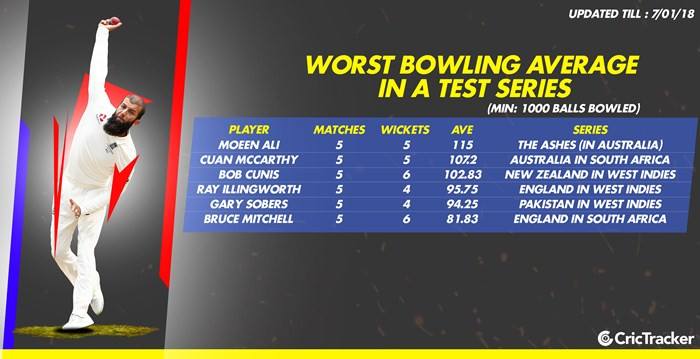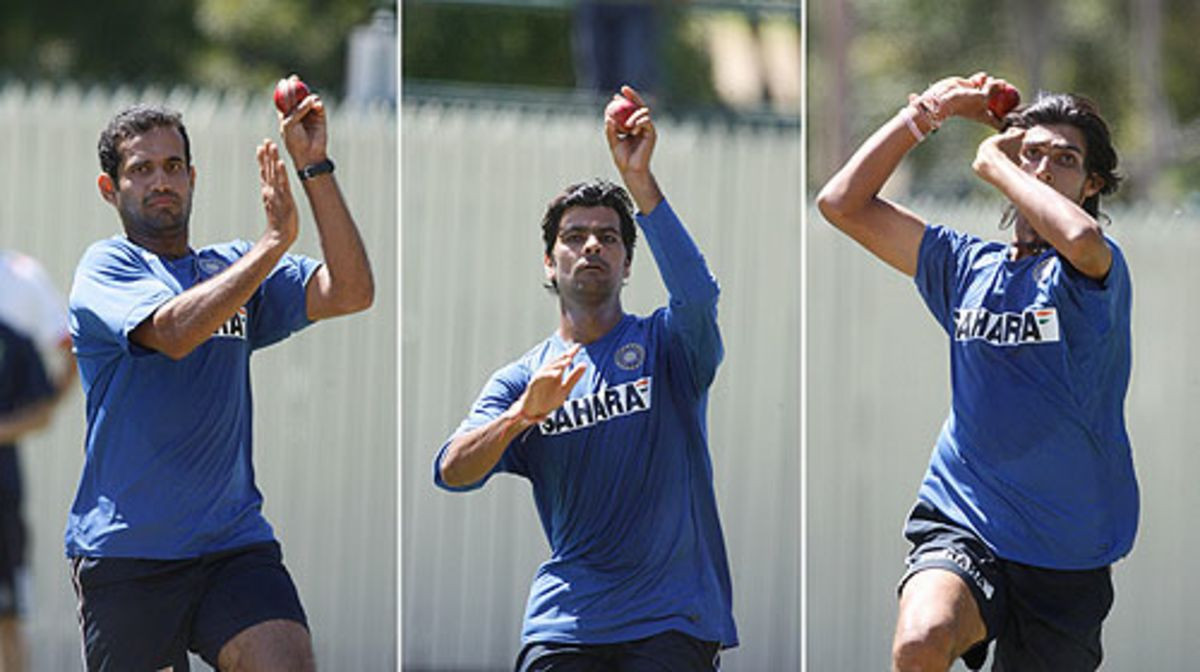Unbelievable Bowling Averages in Test Cricket
This article explores the remarkable achievements of some of the most prolific bowlers in Test cricket history, focusing on those who have taken at least 150 wickets while maintaining exceptionally low bowling averages. These statistics highlight not only their skill and consistency but also their enduring impact on the game. The world of cricket has seen many incredible talents, but the bowlers listed below stand out for their exceptional performance.
Sydney Barnes: A Master of Spin
Sydney Francis Barnes, an English professional cricketer, is widely considered one of the greatest bowlers of all time. In his 27 Test matches, he claimed an impressive 189 wickets, achieving a stunning average of just 16.43. This incredibly low average underscores his dominance and consistency on the field. His skill and precision made him a formidable opponent, leaving an indelible mark on the sport. Barnes's legacy continues to inspire aspiring cricketers and remains a benchmark of excellence in Test cricket bowling. His career, though relatively short, is a testament to the power of talent and unwavering dedication.
Jasprit Bumrah: India's Magical Bowler
Jasprit Jasbirsingh Bumrah, a prominent figure in the Indian cricket team, represents the modern era of fast bowling excellence. Having played 41 Test matches, he has secured 177 wickets with an outstanding average of 20.17. Bumrah’s unique bowling style and his ability to consistently take wickets have made him a crucial asset to the Indian team. His presence often changes the dynamics of the match, making him a formidable force in Test cricket.
Alan Davidson: An Australian Legend
Alan Keith Davidson, an Australian cricketer of the 1950s and 60s, was an exceptional fast-medium opening bowler. In his 44 Test matches, he took 186 wickets at an average of 20.53. Davidson’s skill and mastery of the art of fast bowling made him a vital part of the Australian team’s success during his time. His performances were consistently excellent, contributing significantly to Australia's achievements in Test cricket. He was truly one of the greats of Australian cricket.
Malcolm Marshall: A Fast Bowling Colossus
Malcolm Denzil Marshall, a Barbadian cricketer, is renowned as one of the greatest and most accomplished fast bowlers in Test cricket history. Playing 81 matches, he accumulated a remarkable 376 wickets with an average of 20.97. This incredibly high number of wickets displays his dominance throughout his career. Marshall's impact on the game was profound, and his legacy continues to inspire generations of fast bowlers. His fierce pace and unwavering accuracy made him a truly formidable opponent, leaving an unforgettable legacy in the world of cricket. He remains a true legend of the game.
Joel Garner: The West Indies Star
Joel Garner, a former West Indian cricketer, was a pivotal member of the highly successful West Indies team of the late 1970s and early 1980s. His career spanned 58 Test matches, during which he claimed 259 wickets with an impressive average of 20.97. Garner's height and bowling style made him a unique and challenging bowler for batsmen to face. He was a key figure in many memorable victories for the West Indies. Garner's contributions significantly shaped the team's dominance during his playing years, and he remains an iconic figure in West Indian cricket. His unwavering commitment to excellence has left an enduring mark on the sport.
The Legacy of Low Averages
These exceptional bowlers represent the pinnacle of Test cricket bowling. Their consistently low averages, coupled with their high wicket tallies, speak volumes about their skill, precision, and match-winning ability. Their legacies inspire current and future generations of cricketers to strive for excellence and leave their own indelible mark on the game. Their achievements will undoubtedly continue to be analyzed and celebrated for years to come. Each one holds a special place in the history of Test cricket.
These statistics highlight the consistent excellence needed to achieve such low averages. They underscore the intense pressure and skill needed to perform at the highest level of test cricket consistently.

















